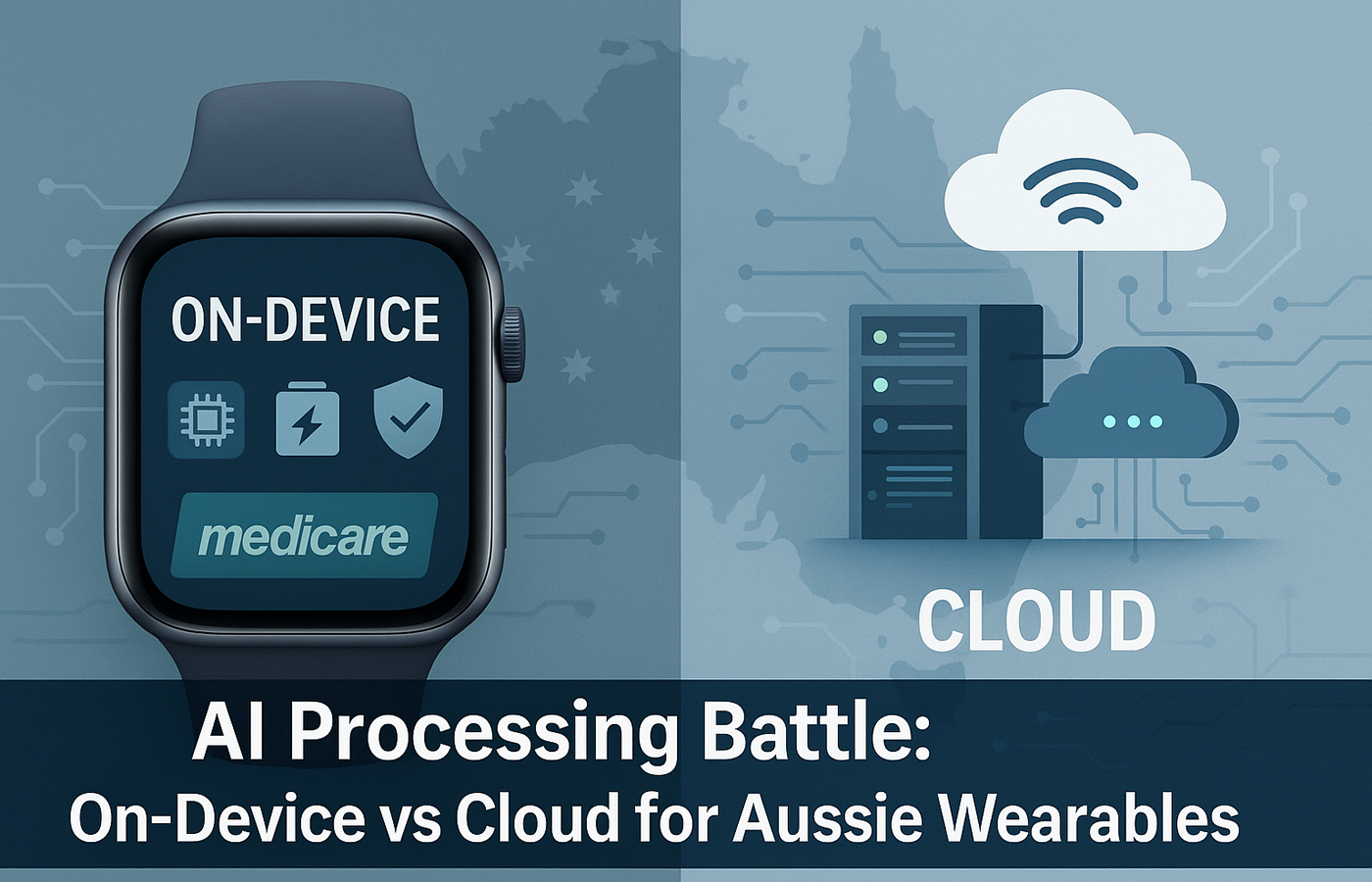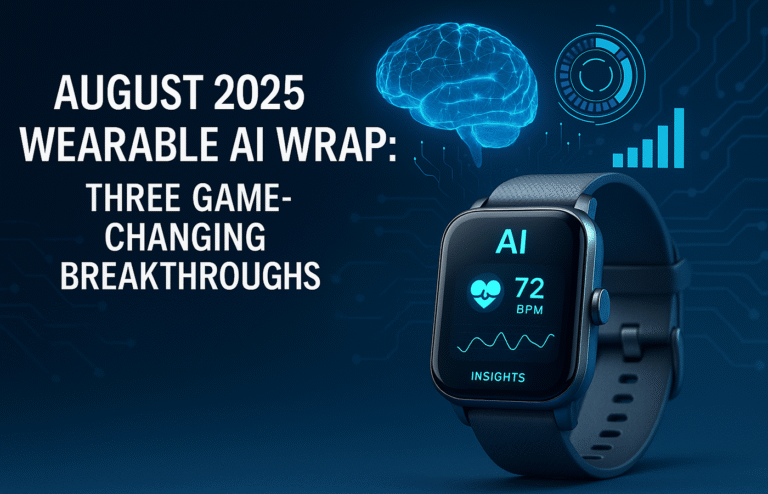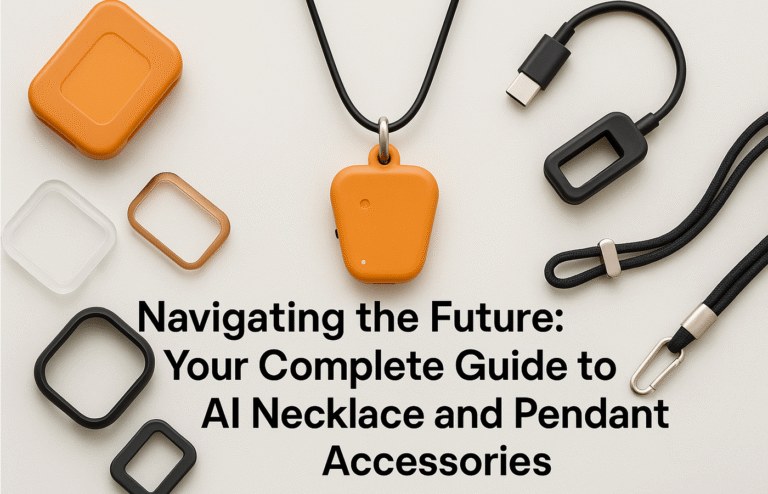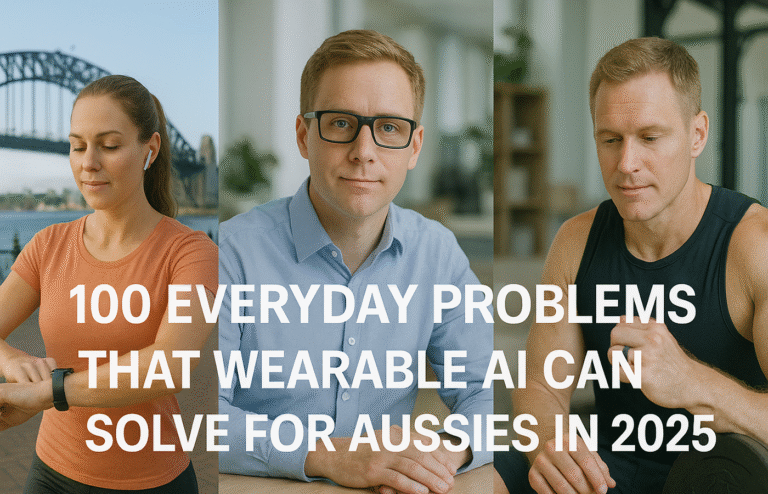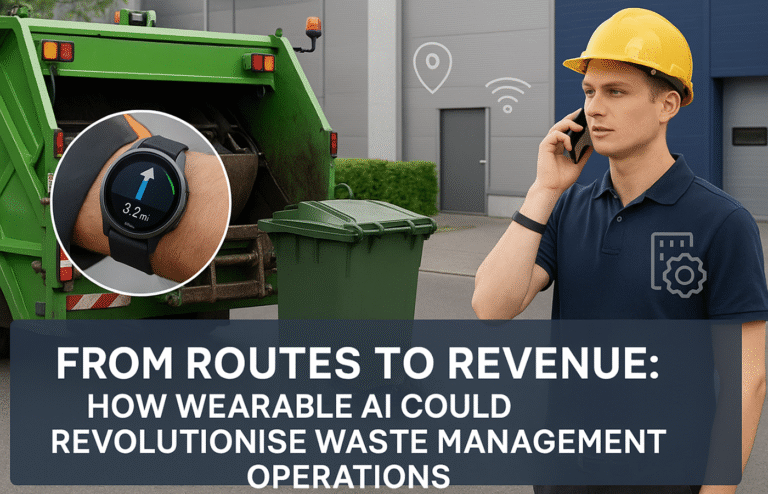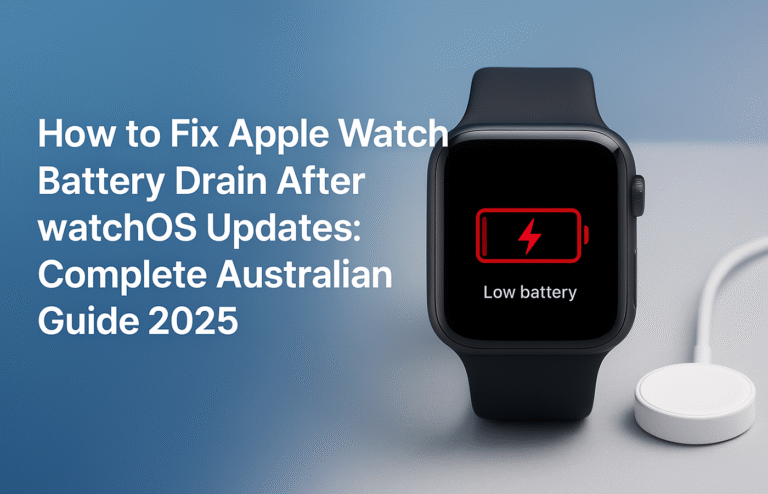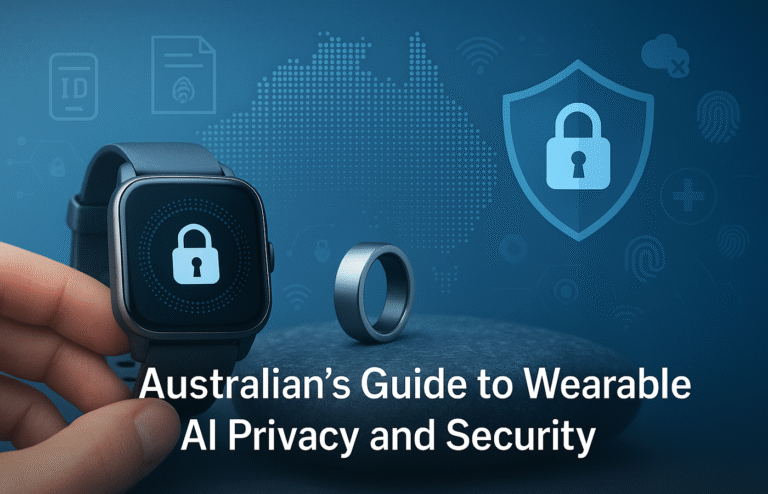AI Processing Battle: On-Device vs Cloud for Australian Wearables and Unique Geographic Challenges
Processing choice affects battery life, privacy, and reliability for Australian users facing unique challenges including remote connectivity, data sovereignty concerns, and diverse environmental conditions.
On-Device Processing Advantages:
● Reliable performance in remote areas without mobile coverage (Blue Mountains, mining sites, regional Queensland)
● Instant response for emergency detection and health monitoring without network latency
● Complete privacy protection keeping health data locally without international transfers
● Predictable battery consumption unaffected by network congestion or signal strength
Cloud Processing Benefits:
● Sophisticated analysis comparing health metrics against millions of users for advanced insights
● Battery efficiency for complex calculations performed on remote servers rather than device processors
● Continuous algorithm updates and cutting-edge AI features requiring vast computational resources
Australian Recommendations:
● Apple Watch Series 10 ($649): Best on-device processing with S10 Neural Engine
● Samsung Galaxy Watch Ultra: Hybrid approach combining local reliability with cloud sophistication
AI Processing Battle: On-Device vs Cloud for Aussie Wearables
The way your wearable device processes artificial intelligence has become one of the most crucial decisions affecting your daily experience—and for Australian users, this choice carries unique implications that extend far beyond simple performance metrics. Whether your smartwatch analyses your heart rhythm locally or sends data to distant servers can determine everything from battery life to privacy protection, particularly given Australia’s vast geography and evolving data sovereignty requirements.
As wearable AI technology matures, manufacturers are taking distinctly different approaches to processing. On-device AI dominated the market with over 58% share in 2022 and is expected to hold high market share due to burgeoning demand for instantaneous, privacy-centric processing. Meanwhile, cloud-based AI leverages remote servers for complex computations, enabling in-depth analytics and integration with broader smart ecosystems.
For Australian users, this technical choice becomes particularly significant when considering our unique challenges: remote area connectivity, data residency concerns, and the need for reliable performance across diverse environmental conditions from tropical Darwin to alpine Tasmania.
Understanding the Technical Divide
On-Device AI Processing
On-device AI, also known as edge AI, processes artificial intelligence algorithms directly on your wearable device without requiring constant internet connectivity. This approach performs machine learning tasks using the device’s built-in processors, Neural Engine chips, and specialised AI accelerators.
When your Apple Watch detects an irregular heart rhythm or your Garmin optimises your training plan, these calculations happen entirely within the device itself. The algorithms analyse sensor data, apply machine learning models, and provide insights without ever transmitting your personal information to external servers.
Cloud-Based AI Processing
Cloud-based AI sends your wearable’s sensor data to powerful remote servers for analysis. These cloud systems can access vast computational resources, sophisticated algorithms, and continuously updated machine learning models that would be impossible to run on a small wearable device.
This approach enables complex analysis like comparing your health metrics against millions of anonymised users, providing detailed trend analysis, and offering insights that require processing power far beyond what’s available in a wrist-worn device.
The Australian Geographic Challenge
Australia’s unique geography creates distinct advantages and disadvantages for each processing approach that don’t apply in more densely populated regions.
Remote Area Reliability
For Australians living in remote areas or those who enjoy outdoor adventures in locations with limited connectivity, on-device processing provides crucial reliability. Whether you’re hiking in the Blue Mountains, working on a remote mining site, or living in regional Queensland, your wearable continues functioning fully without depending on mobile towers or Wi-Fi networks.
Cloud-dependent devices become significantly less useful when connectivity is intermittent or unavailable. Features that require cloud processing—like detailed health analysis or advanced AI insights—simply stop working when you’re beyond mobile coverage.
Urban Network Congestion
Conversely, in major Australian cities during peak periods, network congestion can affect cloud-based processing performance. When thousands of devices simultaneously attempt to upload data for analysis, response times can suffer, making real-time health monitoring less reliable.
On-device processing eliminates these network dependencies, ensuring consistent performance regardless of how many other users are competing for bandwidth.
Battery Life: The Practical Reality
Battery performance represents perhaps the most immediately noticeable difference between processing approaches for Australian users.
On-Device Power Consumption
Running AI algorithms locally demands significant computational power, which directly translates to battery drain. Wearable AI devices have lower battery span and short operational life compared to conventional electronics, making them unsuitable for many use cases that smartphones handle.
However, this power consumption is predictable and consistent. Your device uses the same amount of energy whether you’re in central Sydney or remote Western Australia, making battery life planning more reliable for extended outdoor activities.
Cloud Processing Efficiency
Cloud-based processing can be more battery-efficient for complex calculations, as the heavy computational work happens on remote servers. Your device primarily handles data collection and transmission, which typically requires less power than running sophisticated AI algorithms locally.
However, constant data transmission can offset these savings, particularly when cellular signal strength is poor—a common occurrence in many Australian locations. Weak signals force devices to increase transmission power, potentially negating the efficiency benefits of cloud processing.
Privacy and Data Sovereignty Considerations
For Australian users, data privacy and sovereignty concerns add another crucial dimension to the processing choice.
On-Device Privacy Protection
On-device processing provides inherent privacy protection by keeping personal health data entirely within your control. Your heart rate patterns, sleep analysis, and activity tracking never leave your device, eliminating concerns about data breaches, unauthorised access, or misuse by third parties.
This approach aligns with Australian privacy expectations and eliminates concerns about international data transfers that might not comply with Australian Consumer Law protections.
Cloud Processing and Data Residency
Cloud-based processing raises important questions about where your health data is stored and processed. Many international wearable manufacturers store Australian user data on overseas servers, potentially placing it outside Australian legal protections.
While major companies increasingly offer Australian data residency options, users must carefully review privacy policies to understand where their data travels and how it’s protected. The complex international nature of cloud infrastructure means your data might pass through multiple jurisdictions before processing.
Processing Speed and Responsiveness
The speed difference between processing approaches can significantly impact user experience, particularly for health-critical applications.
Instant On-Device Response
On-device processing provides immediate responses essential for health monitoring applications. When detecting irregular heart rhythms, falls, or other emergency situations, millisecond response times can be crucial for user safety.
This immediacy is particularly valuable for Australian users engaging in high-risk outdoor activities where emergency detection and response capabilities could be life-saving.
Cloud Processing Latency
Cloud processing introduces network latency that can delay critical health alerts. While this delay might be negligible for routine health tracking, it could prove significant for emergency detection features.
Australian users face additional latency challenges due to geographic distance from major cloud computing centres, most of which are located in Asia or North America. This distance adds processing delay that doesn’t affect users in regions closer to these data centres.
Accuracy and Sophistication Trade-offs
The choice between processing approaches involves trade-offs between immediate availability and analytical sophistication.
On-Device Limitations
On-device processing is constrained by the limited computational power available in wearable devices. While sufficient for basic health monitoring and standard AI features, complex analysis requiring comparison with large datasets or sophisticated machine learning models may not be possible locally.
This limitation means some advanced health insights—like comparing your metrics against population data or identifying subtle health patterns—require cloud processing to deliver meaningful results.
Cloud Processing Advantages
Cloud-based systems can access vast computational resources and continuously updated machine learning models. This enables sophisticated analysis like predicting health trends, identifying patterns across multiple health metrics, and providing insights based on analysis of millions of similar users.
For Australian users managing chronic conditions or seeking advanced health optimisation, these sophisticated cloud-based insights can provide significant value that on-device processing cannot match.
Real-World Performance in Australian Conditions
Australian environmental conditions create unique testing scenarios for both processing approaches.
Extreme Weather Impact
Australia’s diverse climate zones—from tropical humidity to desert heat—can affect device performance differently. On-device processing performance may vary with temperature, as processors become less efficient in extreme heat.
Cloud processing performance remains more consistent across environmental conditions, as the heavy computational work happens in climate-controlled data centres rather than on your potentially overheated wearable device.
Connectivity Variability
Australia’s variable connectivity landscape means cloud processing reliability changes dramatically based on location. Urban areas generally provide reliable high-speed connections supporting sophisticated cloud analysis, while rural and remote areas may struggle with basic data transmission.
This variability makes on-device processing more predictable for users who travel frequently between urban and remote areas or whose lifestyle involves extended periods without reliable connectivity.
Choosing the Right Approach for Australian Users
The optimal processing choice depends on individual usage patterns, lifestyle, and priorities.
On-Device Processing Suits:
- Outdoor enthusiasts who spend time beyond mobile coverage
- Privacy-conscious users prioritising data sovereignty
- Remote area residents with limited connectivity
- Emergency workers requiring reliable health monitoring
- Users prioritising consistent battery life and performance predictability
Cloud Processing Benefits:
- Urban users with reliable high-speed connectivity
- Health enthusiasts seeking sophisticated analysis and insights
- Users managing chronic conditions requiring advanced monitoring
- Technology enthusiasts wanting cutting-edge AI features
- Users prioritising comprehensive health trend analysis
Device Recommendations for Australian Conditions
Best On-Device Processing: Apple Watch Series 10
Starting at RRP A$649 inc. GST, the Apple Watch Series 10 offers sophisticated on-device processing with its S10 SiP and built-in 4-core Neural Engine. The device handles ECG analysis, irregular heart rhythm detection, and fall detection entirely locally, making it ideal for Australian users prioritising privacy and reliability.
Hybrid Approach Leader: Samsung Galaxy Watch Ultra
Samsung’s premium smartwatch combines on-device processing for critical health monitoring with cloud integration for advanced insights. This approach provides reliability when needed while offering sophisticated analysis when connectivity allows.
Remote Area Champion: Garmin Instinct 3 Series
Garmin’s latest rugged devices excel at on-device processing with extended battery life crucial for Australian outdoor conditions. Solar charging capabilities and robust local processing make these devices ideal for remote area usage.
The Future of Processing Approaches
As AI chip technology advances and 5G networks expand across Australia, the distinction between processing approaches may become less pronounced.
Hybrid Processing Evolution
Future devices will likely combine both approaches intelligently, performing critical functions locally while leveraging cloud capabilities when available. This hybrid approach could provide the best of both worlds: reliability and privacy when needed, sophistication when possible.
Australian Infrastructure Development
As Australia’s 5G network expands and edge computing infrastructure develops, cloud processing latency will decrease while reliability improves. This development may shift the balance toward hybrid approaches that can seamlessly switch between local and cloud processing based on current conditions.
Making Your Decision
For Australian wearable users, the processing choice ultimately depends on your individual circumstances and priorities. Consider your typical usage locations, privacy preferences, and the importance of consistent performance versus advanced features.
If your lifestyle involves regular travel to remote areas, outdoor adventures, or you prioritise privacy and data sovereignty, on-device processing offers clear advantages. The reliability and privacy protection may outweigh the limitations in analytical sophistication.
Conversely, if you primarily use your wearable in urban areas with reliable connectivity and value advanced health insights, cloud processing can provide capabilities that on-device systems cannot match.
The most future-proof approach may be choosing devices that offer hybrid processing capabilities, allowing you to benefit from both approaches as circumstances change. As Australia’s digital infrastructure continues developing and AI technology advances, this flexibility will become increasingly valuable.
Whatever you choose, understanding these processing differences ensures your wearable device aligns with your needs and provides the reliability, privacy, and functionality that matter most for your Australian lifestyle.

